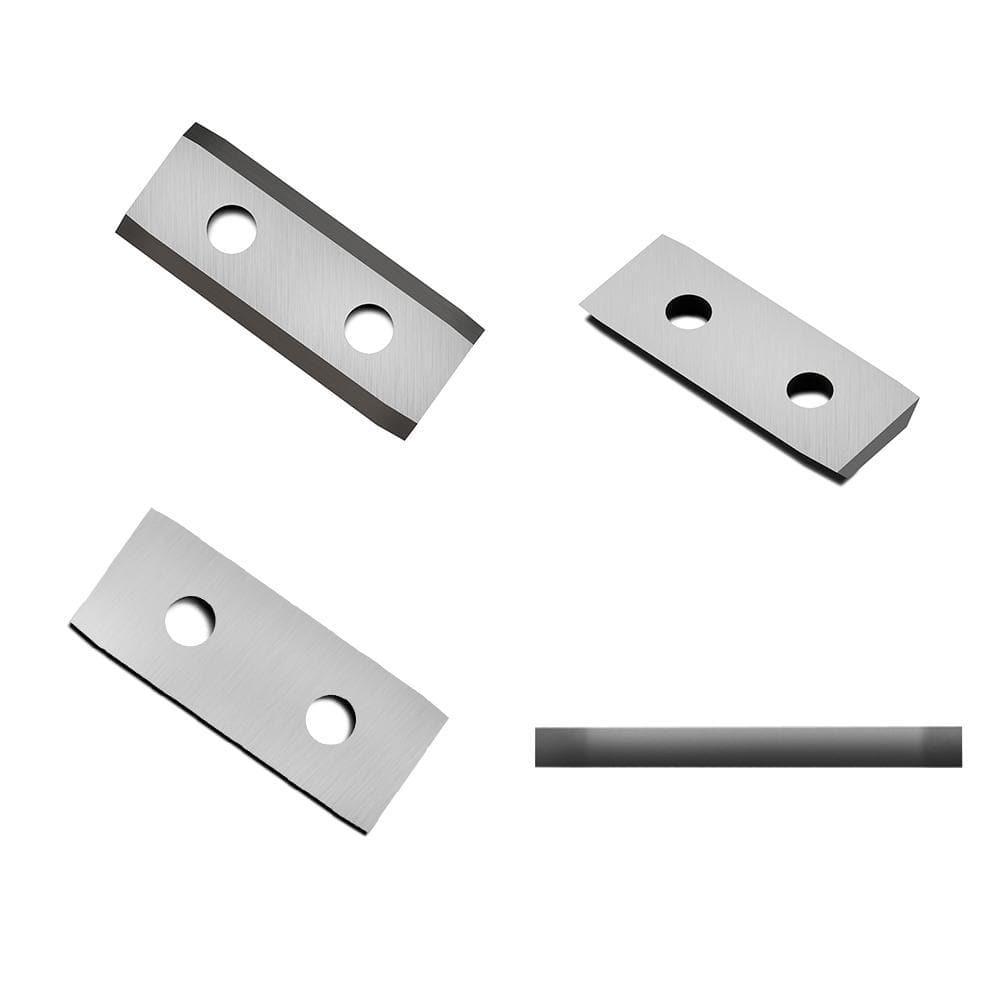Selecting the correct indexable inserts
involves considering various factors such as material type, cutting conditions, tool holder compatibility, and specific application requirements. Below is a detailed guide discussing the key considerations when choosing indexable inserts.
1. Material Type:
a. Identify the material to be machined (e.g., steel, aluminum, cast iron, stainless steel, etc.).
b. Different insert grades are designed to handle specific materials effectively. Consult the manufacturer's catalog or technical data to determine the suitable insert grade for the material.
2. Cutting Conditions:
a. Analyze the cutting parameters, including cutting speed, feed rate, and depth of cut.
b. Consider the desired surface finish and chip control requirements.
c. Select inserts with the appropriate geometries and coatings to optimize performance under the given cutting conditions.
3. Tool Holder Compatibility:
a. Ensure the selected insert is compatible with your tool holder.
b. Check the insert designation, size, and mounting style (e.g., square, triangular, round, etc.) to match the tool holder specifications.
c. Verify the clamping mechanism (e.g., screw, clamp, wedge) used by your tool holder and make sure it matches the insert design.
4. Insert Geometry:
a. Evaluate the insert geometry based on the intended operation (e.g., turning, milling, drilling) and the specific features to be machined (e.g., external contours, internal bores).
b. Consider factors like insert shape, cutting edge angle, chip breaker design, and clearance angle to ensure efficient chip evacuation and reduced cutting forces.
 Rectangular indexable insert|Findbuytool
Rectangular indexable insert|Findbuytool
5. Coating Selection:
a. Coatings enhance tool life and performance by reducing friction, improving wear resistance, and preventing built-up edge.
b. Choose the appropriate coating based on the workpiece material and cutting conditions.
c. Common coatings include titanium nitride (TiN), titanium carbonitride (TiCN), aluminum oxide (Al2O3), and polycrystalline diamond (PCD). Refer to the manufacturer's recommendations for guidance.
6. Application Considerations:
a. Evaluate any specific requirements or challenges posed by the application, such as interrupted cutting, high temperatures, or abrasive materials.
b. Check for specialized insert designs or grades that are tailored to handle such conditions effectively.
7. Cost and Economic Factors:
a. Consider the cost-effectiveness of the inserts based on their expected tool life and productivity.
b. Evaluate the price-performance ratio and assess whether selecting a higher-priced insert with longer tool life outweighs the initial cost.
8. Manufacturer Support:
a. Choose reputable manufacturers that provide technical support, application engineering assistance, and reliable product documentation.
b. Consult with their representatives or refer to their catalogs, websites, or technical guides for detailed information on insert selection.
Remember, the selection process may vary depending on the specific machining requirements and the availability of options for your particular tooling system. It's always beneficial to consult with experts or tooling specialists for complex applications or if you're unsure about the best choice for your needs.